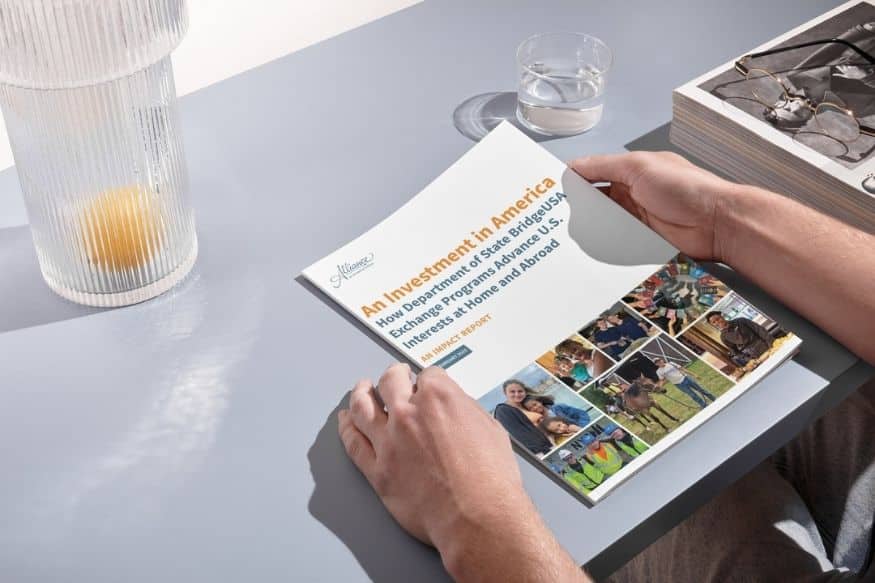For the past year, I have said “Kawp koon ka” when I picked up pad thai for dinner, “Che zu tin ba deh” when I order my morning tea, and “Tablu” when I finished a work meeting. Each of these phrases means thank you in a different language – Thai, Burmese, and Karen. When you come to Mae Sot, Thailand, where I lived and worked, you are immersed in not one but many new cultures, languages, and histories.
Mae Sot is a border town: the western limit is bounded by the Moei River, which separates Thailand from neighboring Burma (Myanmar). There is the ironically named Friendship Bridge that joins Mae Sot and Myawaddy (the Burmese border town), although many people choose to float across the river in an inner tube because they do not have the paperwork permitting them to pass through immigration. Many people from Burma live and work in Mae Sot. Some only work here, crossing the border from Myawaddy every day as migrant laborers. Many of the Burmese immigrants in Mae Sot are of Karen ethnicity, a minority group from the eastern region of Burma that generally considers itself independent from Burma. All have come to find something that Burma could not offer them: jobs, safety, education. Many wish to return to Burma when conditions improve, others have made lives for themselves in Thailand, and still others await third-country resettlement to the US, Australia, and Europe.
But Mae Sot is still Thailand, and is inhabited by Thais who own shops and restaurants, run guest houses, and work for private companies as well as government positions. There are pad thai stands on every block and the occasional karaoke bar full of sex workers, for which Thailand is notorious. The Thai, Burmese, and Karen people all cram into Mae Sot, sprinkled with expat NGO workers, to create a unique city full of opportunity and challenges. It is as difficult to explain the situation in a few short paragraphs, as it was for me to understand when I arrived in Mae Sot.
One year ago, fresh out of graduate school, I joined Global Health Access Program (GHAP), a US-based NGO powered mostly by staff and volunteers in Mae Sot. At the time, I was very unfamiliar with the political situation in Burma, but I was compelled by the public health opportunities that GHAP would provide. With a stack of background reading in hand, I hopped on a plane to Thailand.




